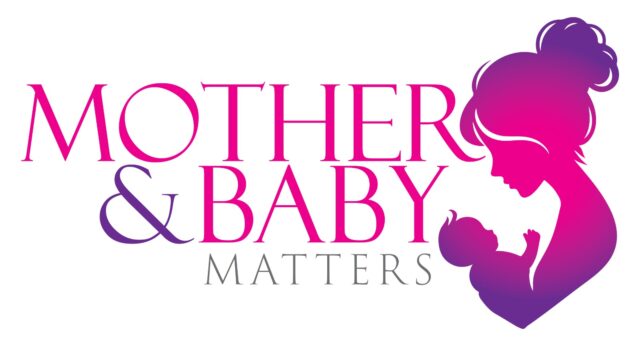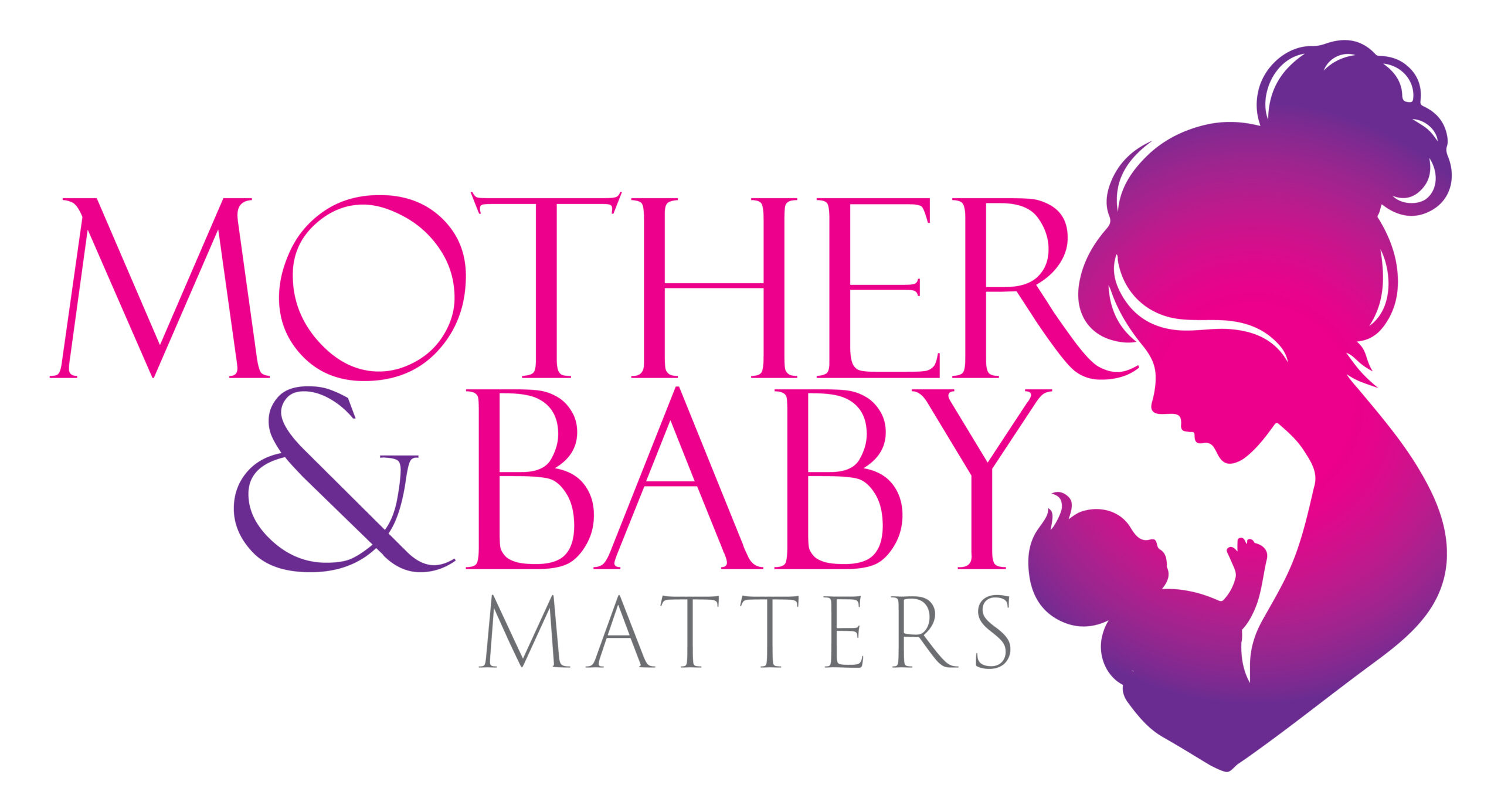A quick scroll through the 1.4 million Instagram posts under #SleepingBaby reveals countless adorable infants snoozing in unsafe conditions—on their stomachs, surrounded by plush toys, pillows, or blankets. While these images may seem harmless, they highlight a serious issue: unsafe sleep practices that can increase the risk of Sudden Unexpected Infant Death (SUID).
The Rising Concern: SUID Trends and Statistics
Since 1992, the American Academy of Pediatrics (AAP) has issued safe sleep recommendations to reduce SUID. SUID is the umbrella term that includes sudden infant death syndrome (SIDS), whose cause is still unknown, as well as other accidental bed-related deaths by suffocation, strangulation, or other ill-defined reasons.

Despite a decline in the 1990s, SUID rates plateaued in the 2000s and alarmingly rose by 12% between 2020 and 2022, according to a JAMA Pediatrics study. The mortality rate increased from 90 to 100 deaths per 100,000 live births.
The risks aren’t evenly distributed. In 2018 through 2022, the SUID rate per 100 000 births ranged from a low of 22 among Asian infants to a high of 238 for Black infants.
Lead researcher Dr. Elizabeth R. Wolf, associate professor of pediatrics at Virginia Commonwealth University School of Medicine, confirms that SUID rates remained high in 2023, underscoring the need for safe sleep awareness.
Creating a Safe Sleep Environment for an Infant
Sleep is crucial for an infant’s growth and development. To protect infants and reduce SUID risks, the AAP advises parents and caregivers to follow these essential safe sleep guidelines:
- Share a room but not a bed: Co-sleeping increases the risk of suffocation. Instead, place an infant in a separate sleep space in the parent’s room for the first 6 months.
- Use a firm, flat sleep surface: Safe sleep spaces include cribs, bassinets, and play yards with a surface that does not indent.
- Place an infant on their back to sleep: All infants should sleep on their backs for naps and at night. It is not safe to place an infant on their side or stomach to sleep.
- Keep soft bedding out of the sleep space: Use a fitted sheet only. Pillows, blankets, loose sheets, crib bumpers, and toys should be kept out of the sleep space.
Other practices to reduce the risk of sleep-related infant death include breastfeeding, giving an infant a pacifier at sleep times, and providing a nonsmoking and drug-free environment.




